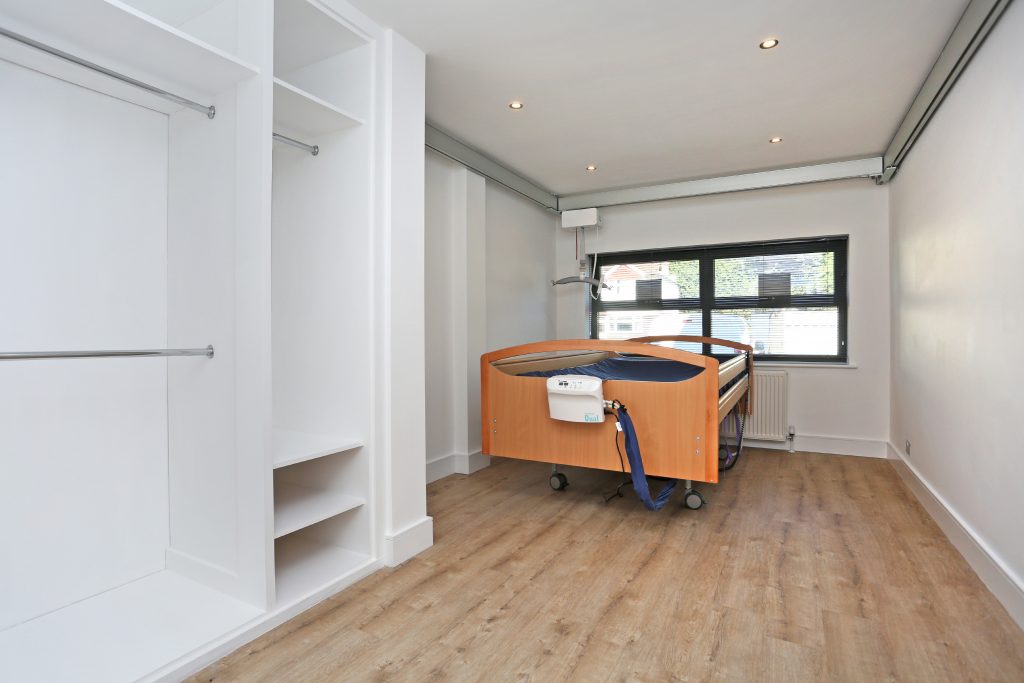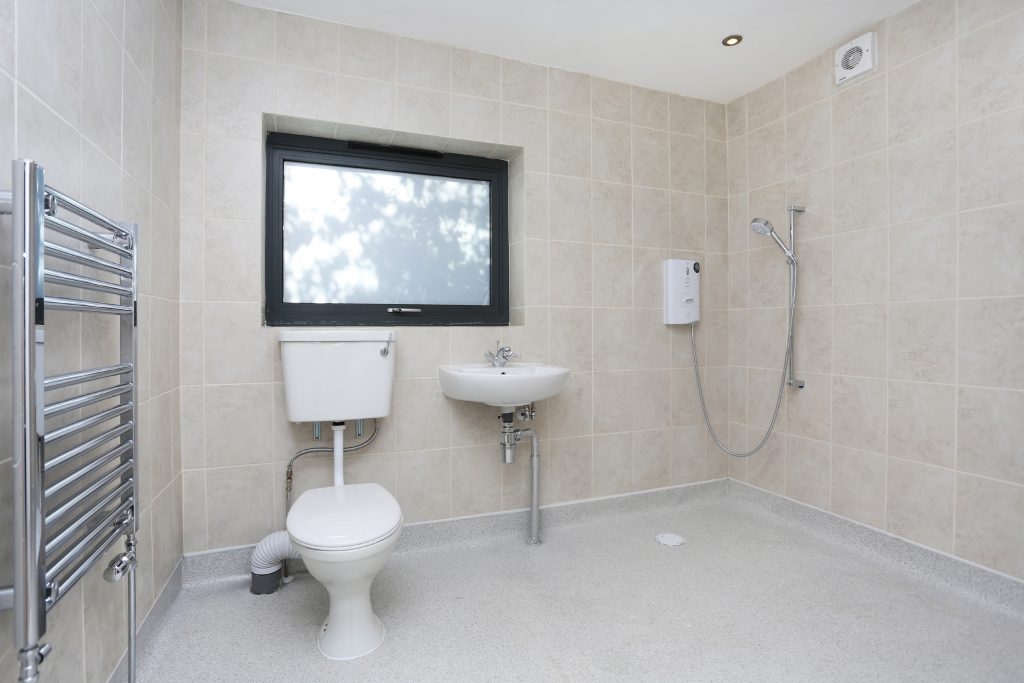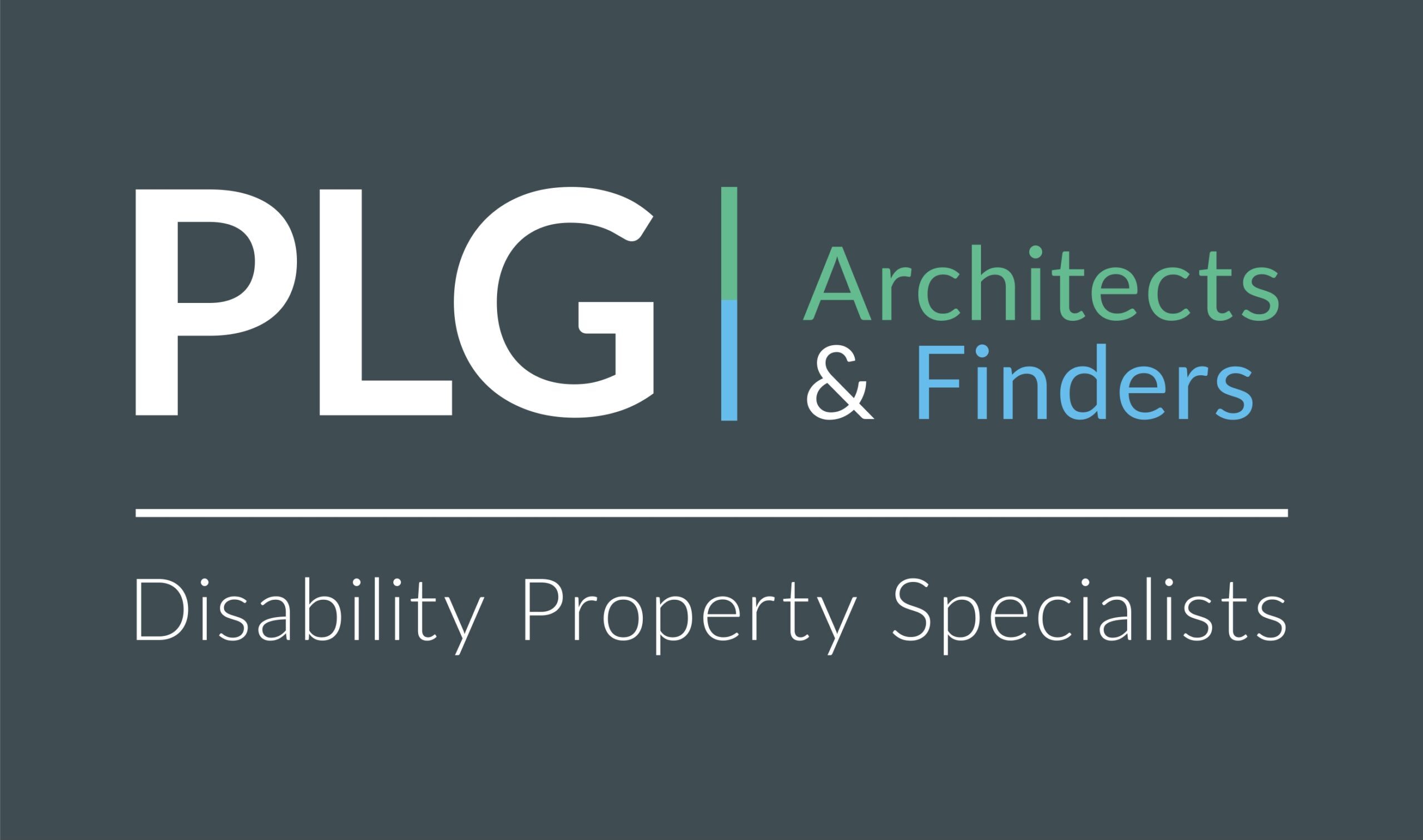Ensuring the success of a rental
So, the right rental has been located and agreed by all stakeholders. The tenancy agreement has been checked and approved. The fees and correct amount of deposit has been agreed and, most importantly of all, you have not paid too much advanced rental.
Remember: up to 3 months is good, 6 months is the absolute maximum and never, ever pay 12 months up front.
Good work all around but what happens next?

setting the scene
This is an integral part of ensuring that a rental is a success. The process of setting the scene should begin at the point the deal is agreed, so that all parties know what they are going to get at the end. A disappointed client at a handover is not a good experience for anyone, most importantly the client themselves.
We all know that a rental property isn’t a ‘forever home’. However, it is vital for everyone to recognize that it has to feel like a home whilst also ensuring that is provides adequate facilities to enable care and rehab regimes to be established as quickly as possible.

landlords / agents
It is vital that landlords and agents understand the process and how it works. This was covered to some degree in our last message but essentially revolves around ensuring the process is transparent.
Again, we all know the security a tenant of this nature offers, it’s about how that message is delivered. The same applies to works to a rental property. As soon as a deal is agreed, establish as quickly as possible what works are going to be done. If it is feasible, also to try to establish what else might need to be done during the course of the tenancy. This needs to be agreed with the agents and landlords at the beginning and then incorporated as an appendix to the tenancy agreement.
It is also vital to have an understanding of what is required at the end of the agreement by way of reinstatement and if possible add this as a schedule too. This gives everyone an indication of what is being done on the way in, and equally important, on the way out of a tenancy.
In many instances the agents have had such confidence in us and what we do that they put us in direct contact with the landlord so that we can give them a degree of input into colours and finishes. Indeed, in many cases there have not been any elements of reinstatement beyond the removal of ramps, which, from a cost point of view, is great for all concerned. This is especially relevant when a case settles mid rental and reinstatement costs have not been factored in as part of the schedule of loss.
design
As previously mentioned, this is mid-term not long-term and sometimes it’s about compromises. However, this does not mean that design principles and good ideas have to be jettisoned. It is also important to think about the end at the beginning. If the essential works are designed at the outset with the end of the tenancy in mind, huge sums of money can be saved, especially when the landlord has the opportunity for input.
It is vital that the level of works proposed match the duration of the tenancy. We have seen many instances where the perfect opportunity has been secured and significant works have been undertaken and then within a few months of the client moving in, notice has been given by the landlord. Clearly a very costly and unsettling mistake! This is one of the reasons why, wherever possible, we secure 2 (or 3) year tenancies from the outset.
specification & tender process
Although it is a temporary solution it is still vital to employ similar principles to those used when undertaking a major project. Accurate and correctly annotated drawings that sit alongside a detailed specification of works will ensure that there is minimal margin for error especially when works are being fast tracked to facilitate an early occupation.
Even for the modest project we advocate the use of a contract, very often a Joint Contract Tribunal (JCT) or similar so that clarity reigns and the landlord / agent have even greater confidence that the process is being managed adequately.
instruction
It might seem like an obvious one, but making sure from the outset that the contractor actually has the capacity to execute the works immediately if appointed. Even we have been caught out by this one which then has a knock-on effect in terms of time and cost.
the work
When all of these things have been completed there is the small matter of actually doing the work! We have already said that, by definition, these projects are fast tracked and need to be managed as such. Whoever is managing the work needs to be able to react immediately to queries and be on site quickly if nasties are uncovered or face to face queries that need resolving. To say this can be a challenge is an understatement but it’s the only way that these projects can be successfully navigated.
Once the works are complete, the need to be inspected and signed off, snagging playing the same part that it would do in any larger project. If successful, is full steam ahead to get the client into the property.
conclusion
Clearly, like many aspects of this type of work, no two clients and no two rental projects are the same.
In real terms this note has merely scratched the surface of what needs to be done in order to share a few points of note. That said, if the right process is followed and each step is pulled together methodically many of the pitfalls and potential areas of risk can be reduced or eliminated. There are many complex parts that are inextricably linked but ultimately, we strongly believe that rentals still offer an excellent solution on many different levels.
